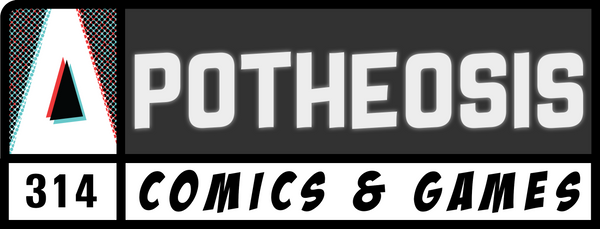Comics have come a long way since their humble beginnings. From the days of simple line drawings to the vibrant and intricate illustrations we see today, the evolution of comic book art styles is a testament to the creativity and talent of artists throughout the years. In this article, we will explore the fascinating journey of comic book art and how it has shaped the way we perceive these captivating stories.
The Golden Age of Comics: Bold and Iconic
The Golden Age of Comics, spanning from the late 1930s to the early 1950s, introduced us to the pioneers of the industry and set the foundation for what was to come. During this era, comic book art was characterized by bold and iconic imagery. Artists like Jack Kirby and Joe Shuster created larger-than-life superheroes with chiseled physiques and dynamic poses. The use of strong, thick lines and primary colors made these characters instantly recognizable.
It was during this time that some of the most iconic superheroes were born, such as Superman, Batman, and Wonder Woman. The art style perfectly captured the essence of these larger-than-life characters, instilling a sense of awe and wonder in readers.
The Silver Age: A Burst of Creativity
The Silver Age of Comics, which took place from the mid-1950s to the early 1970s, brought about a burst of creativity and experimentation in comic book art styles. This era saw the rise of Marvel Comics and the introduction of complex and flawed superheroes like Spider-Man, the X-Men, and the Fantastic Four.
Artists like Steve Ditko and Jack Kirby continued to push the boundaries of comic book art, infusing their illustrations with intricate details and dynamic action sequences. The use of shading and subtle gradients added depth and dimension to the characters and their surroundings.
During this time, comic book art also began to incorporate more storytelling elements. Panels became more dynamic, with artists experimenting with different layouts and perspectives to create a sense of movement and drama.
The Bronze Age: A Shift in Realism
The Bronze Age of Comics, which spanned from the early 1970s to the mid-1980s, marked a shift towards a more realistic and gritty art style. This era saw the rise of morally complex characters like Wolverine and The Punisher, and artists like Neal Adams and Frank Miller played a crucial role in shaping the visual identity of these characters.
The art of the Bronze Age was characterized by its attention to detail and the use of shadows and textures to create a sense of realism. The lines became more refined, and artists began experimenting with different inking techniques to add depth and dimension to their illustrations.
Comics during this time also started to tackle more mature and socially relevant themes, and the art style reflected this shift. The use of darker tones and atmospheric lighting added to the overall mood of the stories, creating a more immersive reading experience.
The Modern Era: A Blend of Traditional and Digital
In the modern era of comics, which began in the late 1980s and continues to this day, artists have embraced a blend of traditional and digital techniques to create stunning and visually captivating illustrations.
Advancements in technology have allowed artists to experiment with different styles and create intricate details that were once unimaginable. Digital coloring and rendering techniques have opened up a whole new world of possibilities, allowing for vibrant and dynamic illustrations.
Artists like Alex Ross and Jim Lee have become synonymous with the modern era of comics, each bringing their unique style and vision to the medium. From hyper-realistic renderings to bold and dynamic linework, the art of this era continues to push the boundaries of what is possible.
Embracing the Diversity of Comic Book Art Styles
As comic book art styles continue to evolve, it's important to embrace the diversity and creativity that each era brings. From the bold and iconic imagery of the Golden Age to the gritty realism of the Bronze Age and the digital wonders of the modern era, each art style has its own unique charm and appeal.
Whether you prefer the classic simplicity of the Golden Age or the intricate details of the modern era, there is no denying the impact that comic book art has had on popular culture. It has the power to transport us to new worlds, inspire our imagination, and evoke a wide range of emotions.
So, the next time you pick up a comic book, take a moment to appreciate the artistry behind the pages. Each stroke of the pen and every splash of color is a testament to the evolution of comic book art styles and the incredible talent of the artists who bring these stories to life.
Comic book art has come a long way, and it's exciting to think about what the future holds. As technology continues to advance and new generations of artists emerge, we can only imagine the incredible art styles that will grace the pages of our favorite comics.
So, whether you're a fan of the classics or eagerly anticipating the next artistic revolution, let's celebrate the dynamic evolution of comic book art styles and the artists who continue to push the boundaries of creativity.

